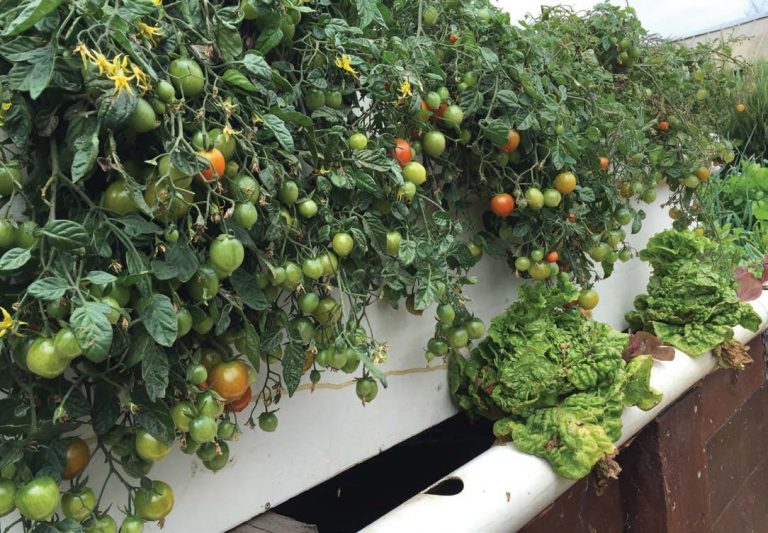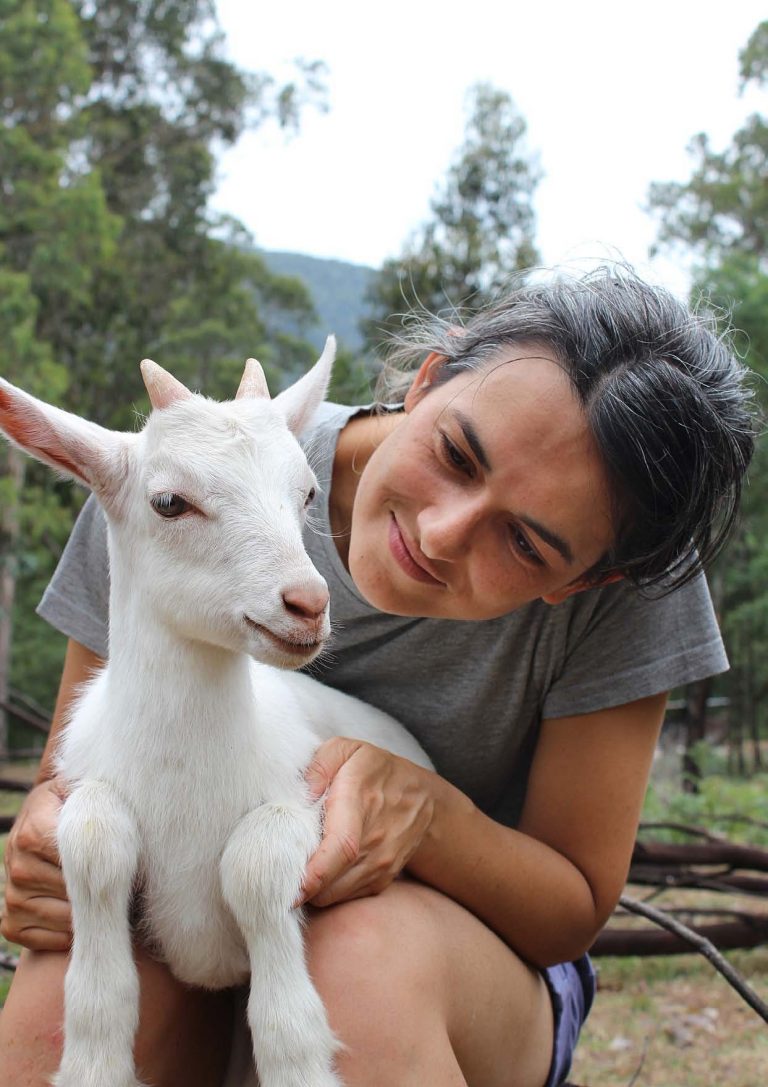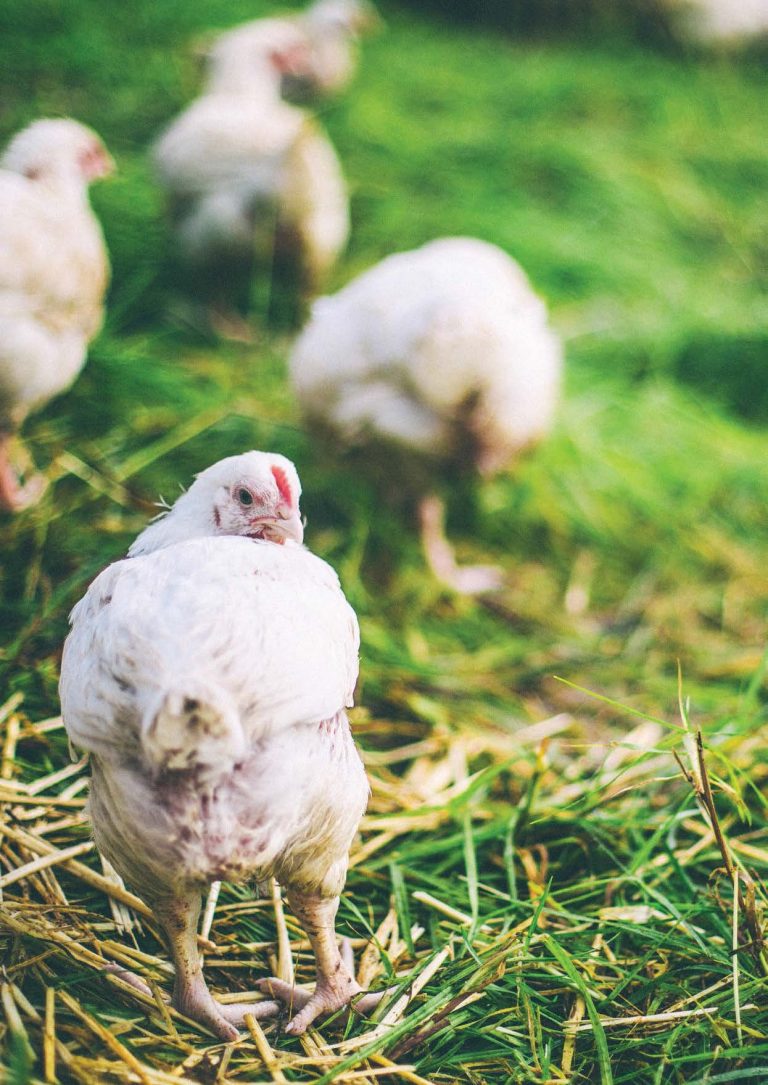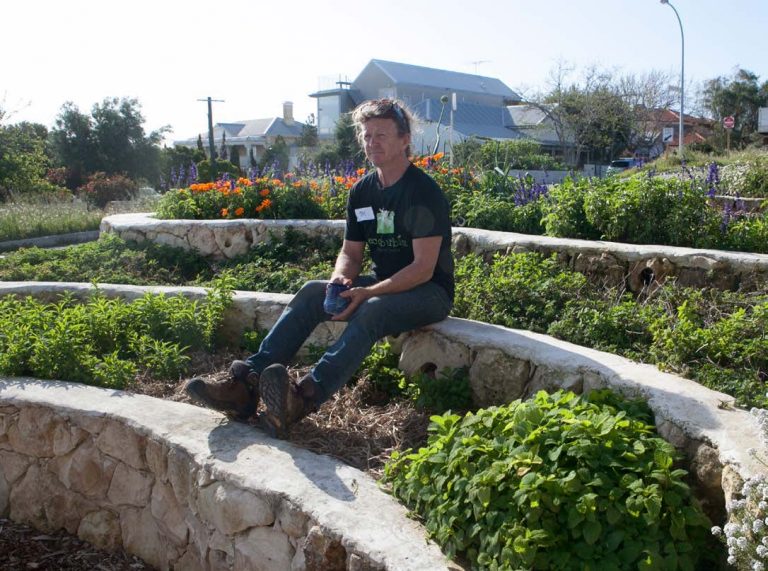Aquaponics: The Low-Down


Aquaponics combines aquaculture and hydroponics to produce fish and plants in one integrated system, creating a symbiotic and mostly self-sustaining relationship.
Combining fish and plants isn’t a new concept, with its origins dating back several millennia. Asia’s rice paddy farming systems is an example. Aquaponics today borrows and combines methods primarily developed by the hydroponics aquaculture industries, along with new ideas from the innovative DIY online community.
HOW IT WORKS
The basic principle of synergy involved in aquaponics is the requirement of clean water to promote the healthy and fast growth of fish, and the need and ability of plants to use nutrients from the water to grow. One of the most critical aspects in this relationship between plants and fish is the diverse microbial community which transforms fish wastes into forms of nutrients more easily used by plants for growth.









